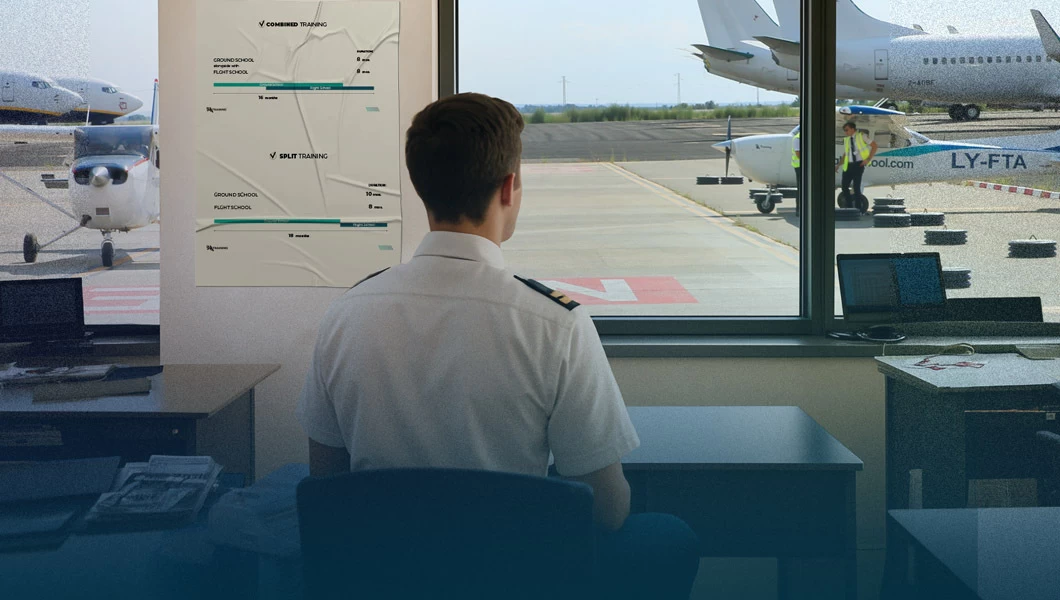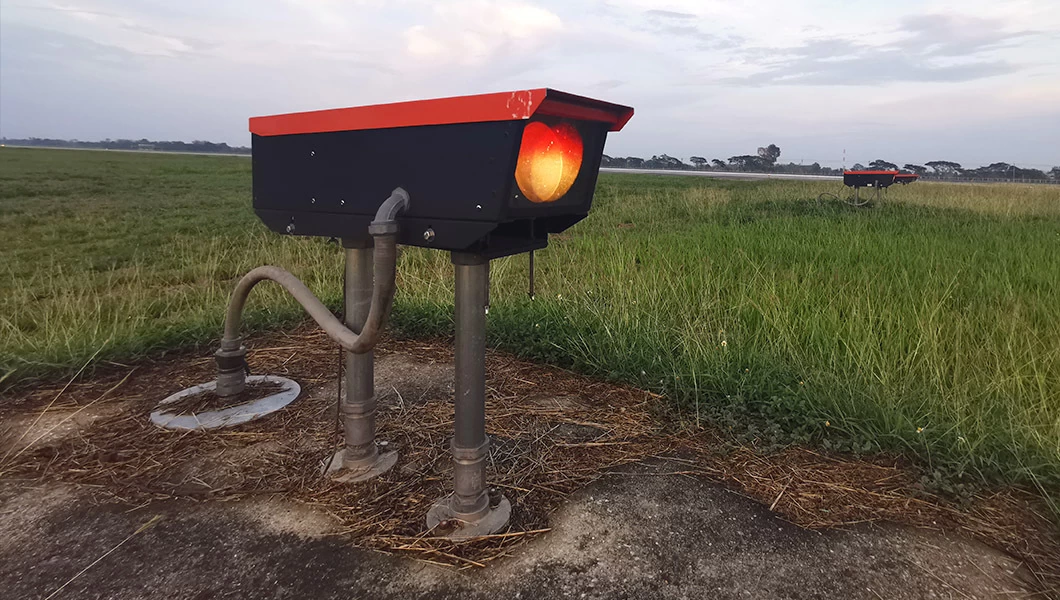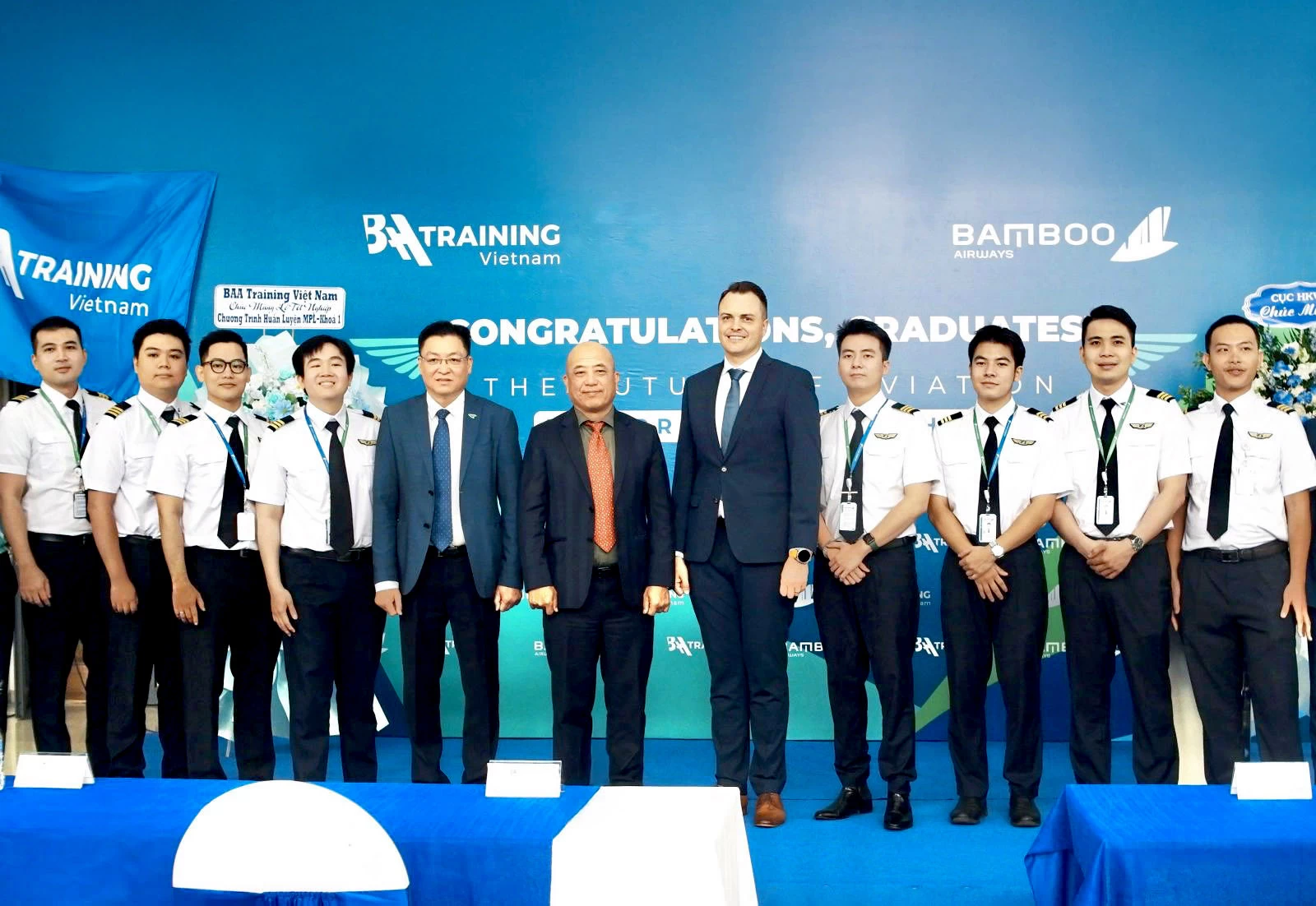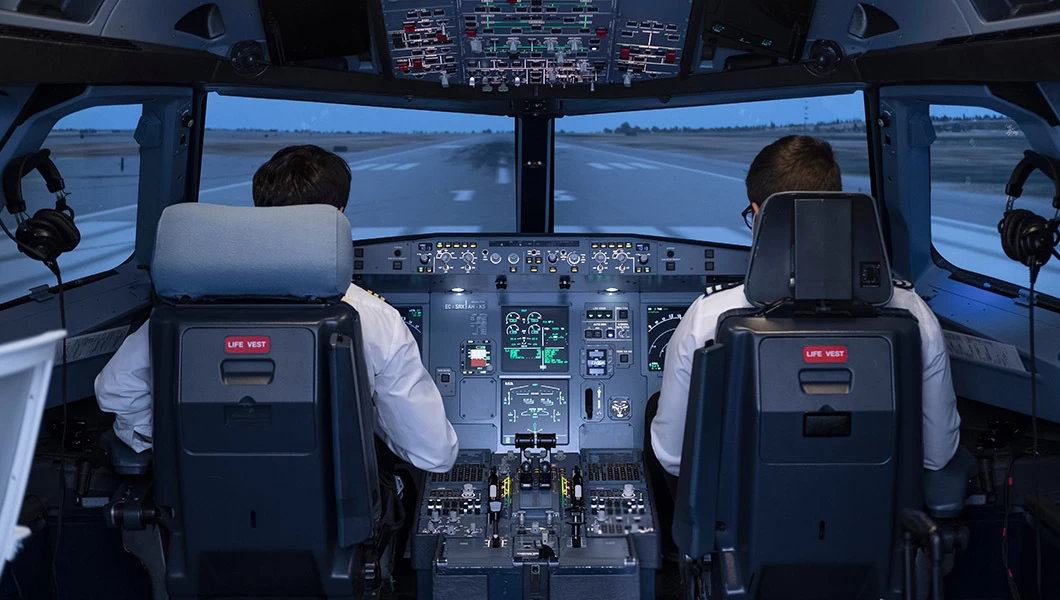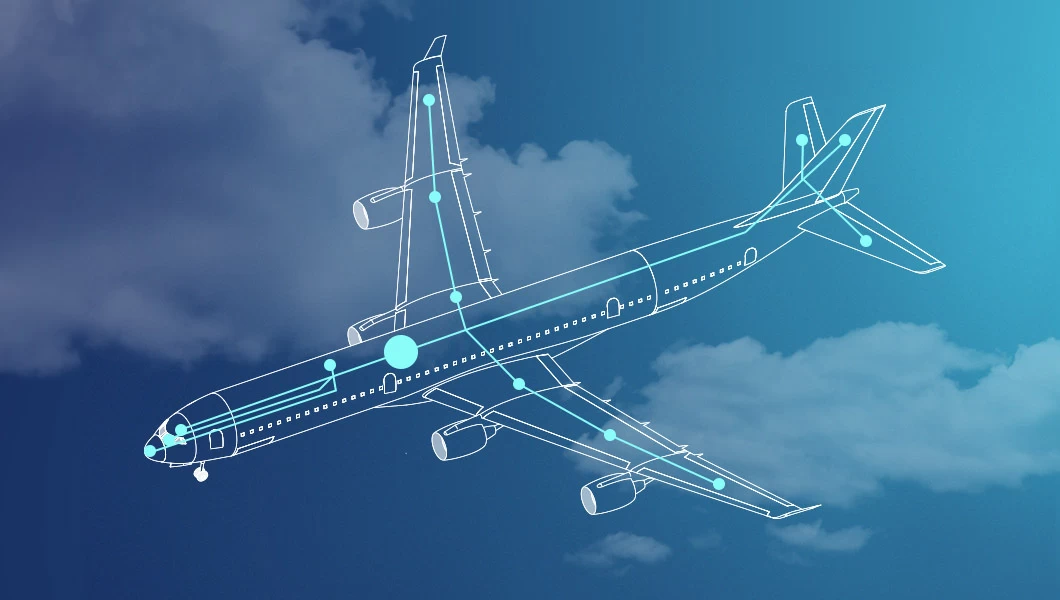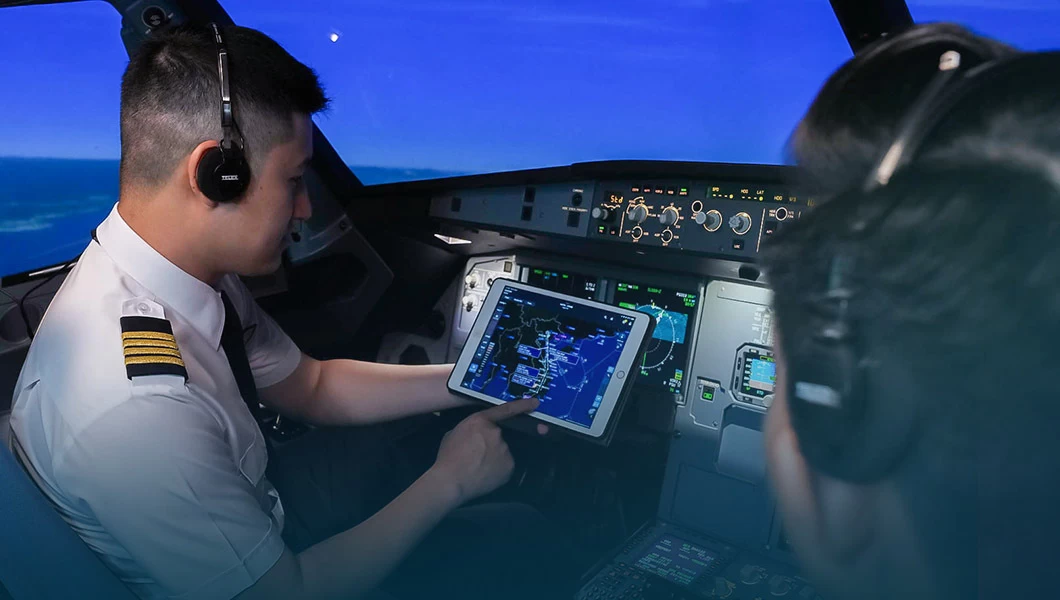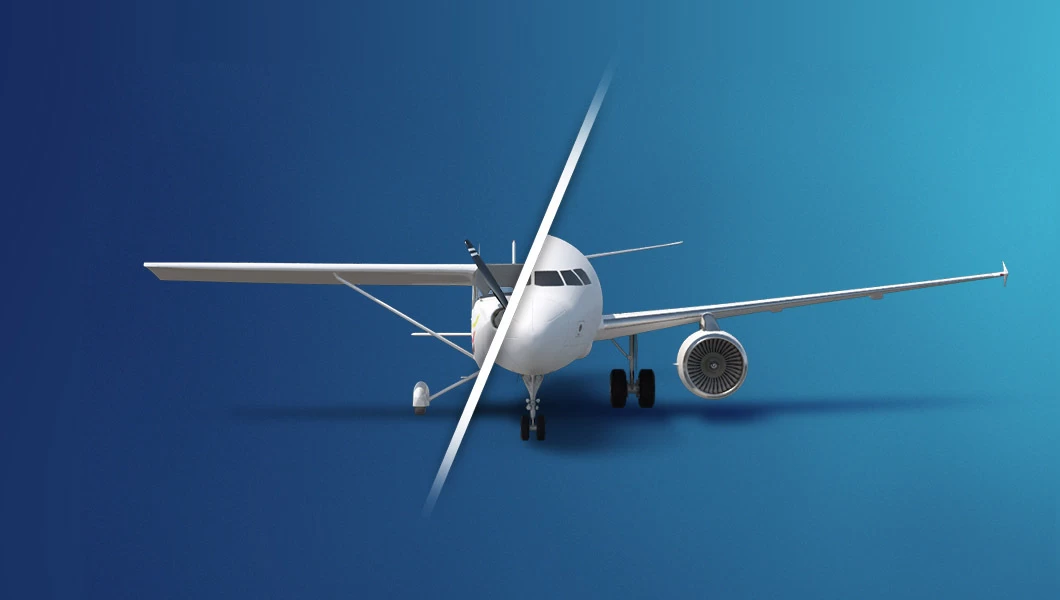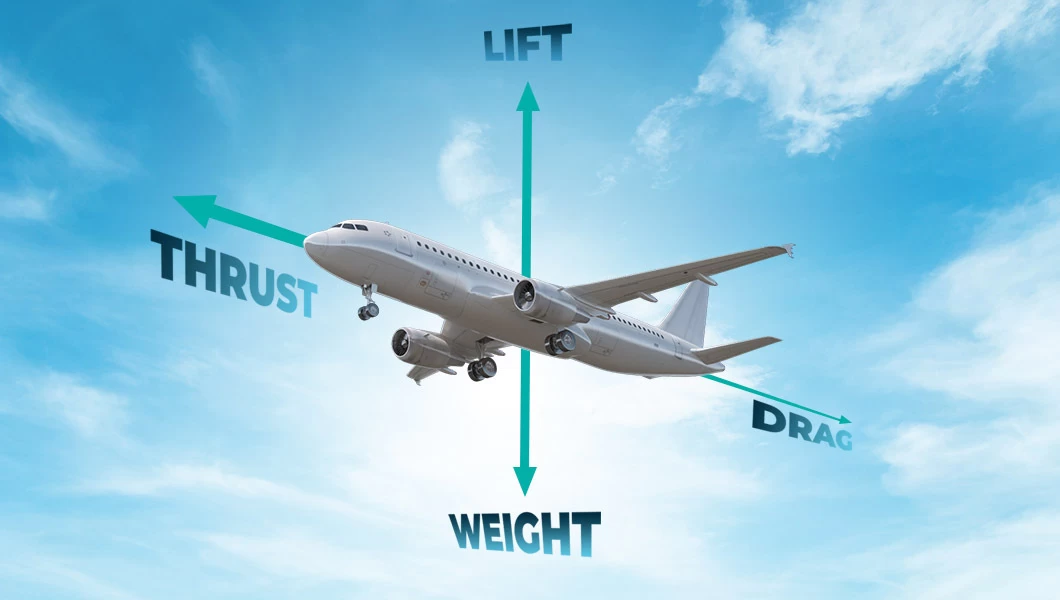Prefer to listen? Press play to hear this article.
Should you take the Split route, knocking out all your ground school theory before stepping into the cockpit? Or jump into the Combined option, mixing lessons on aerodynamics with actual flying hours from day one? Both paths get you to the same destination: that coveted “frozen” Airline Transport Pilot License (ATPL). But how you get there can make all the difference in your learning experience and lifestyle.
Think of it like assembling IKEA furniture. You could sort all the pieces first, read the manual cover to cover, and then start building (that’s Split). Or, you could build as you go, learning and adapting with each piece you put together (that’s Combined). Neither way is wrong, but each suits a different style of learner and schedule. Let’s unpack the pros and cons of these two popular ATPL Integrated options, so you can pick the path that best fits your flight plan.
What is Split Integrated ATPL Training?
ATPL Integrated program with a Split study option is the classic, tried-and-true path for an aspiring commercial pilot. This full-time, intensive course typically lasts around 18-20 months. And is designed to take you from zero flying experience all the way to a “frozen” ATPL—meaning you’ll be qualified to apply for airline jobs once you’ve completed your flight hours. The key feature? You’ll complete all your ground school theory first before moving on to practical flight training.
In essence, it’s a sequential learning process. You start by immersing yourself fully in subjects like meteorology, navigation, and aviation law, following a fixed, structured schedule. Only once you’ve conquered the theory phase and completed your CAA examinations do you climb into the cockpit to start your flying lessons.
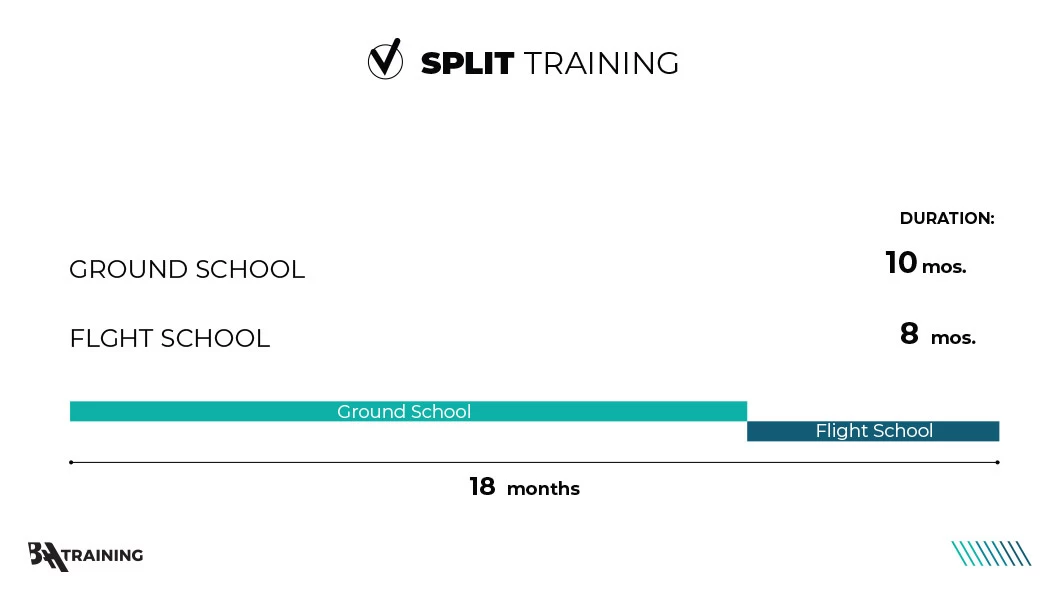
This approach can be a big advantage if you prefer mastering the concepts thoroughly before applying them in practice. It then gives you a solid foundation before takeoff. However, the trade-off is a longer overall course duration and a potential gap between theory and flight training that some students find challenging to bridge.
What is Combined Integrated ATPL Training?
The Combined Integrated ATPL shakes up the usual order of things. Instead of slogging through all the theory before you even think about stepping into a cockpit, this approach has you juggling both ground school and flying right from the start. It’s a mixed method that’s becoming pretty popular with pilots who want to keep their learning more hands-on and interactive.
And it’s not just about making things a bit more exciting—there are practical upsides too. Getting into the air while you’re still deep in theory helps you connect the dots faster. You’re more likely to remember the tricky stuff when you’ve had the chance to put it into practice.
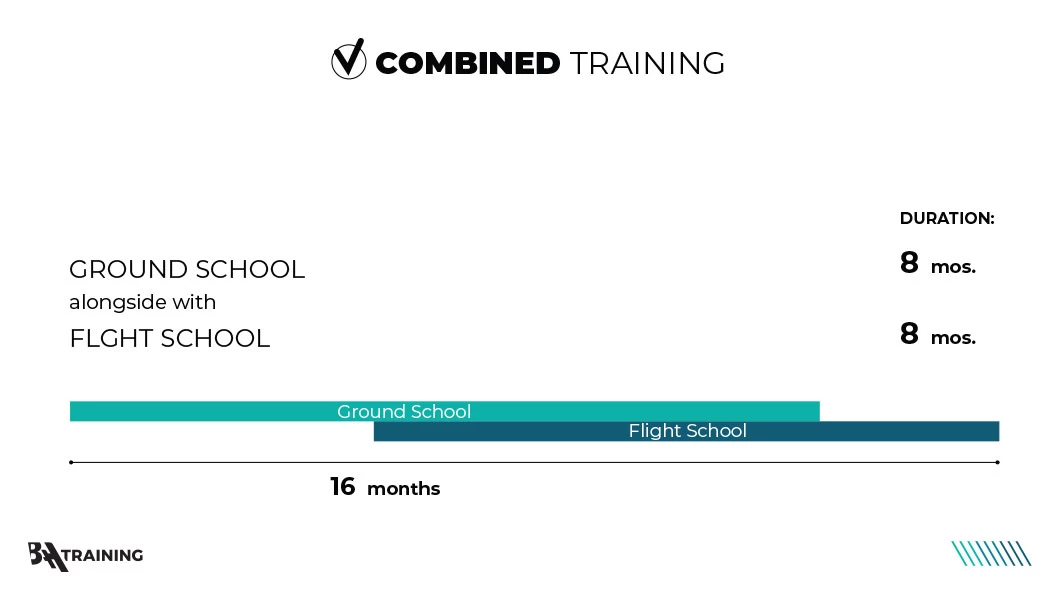
This approach can also shave a couple of months off the total training time (think around 16 months instead of the typical 18-20). But it’s worth mentioning: the pace is intense. Managing ground school alongside regular flying means you’ll need to stay on top of things and keep your focus sharp. If you’re the kind of person who thrives on a challenge and wants to dive in headfirst, Combined might just be your best shot at that frozen ATPL.
Similar ARTICLES
Which ATPL Course Study Option Is Best for You?
Choosing between Split and Combined ATPL Integrated training is a lot like planning your route on a long-haul flight. Both will get you safely to the same destination—a “frozen” ATPL and the opportunity to apply for airline jobs—but the experience and timing along the way will vary.
You’re a Structured Learner
If you like having a clear, step-by-step plan and knowing exactly what’s coming next, the Split ATPL Integrated course might be your best bet.
This path lets you focus on mastering all the theory first, so you build a strong foundation before taking the controls. On top of that, schools offering this option usually handle the tricky bits—like visas and accommodation—which helps keep things running smoothly during your intensive training.
Just keep in mind, it’s a bit of a marathon. The course can last up to 18-20 months, and its structured pace might feel a little too steady if you prefer a more flexible, fast-moving approach.
Your PILOT CAREER
starts with a first click
You’re a Hands-On Learner
If you’re itching to swap the classroom for the cockpit sooner rather than later, the Combined ATPL Integrated path could be your fast track.
This setup gets you in the air while you’re still working through ground school, making the whole learning process feel more interactive and rewarding. There’s a good chance you’ll find it easier to remember and apply what you’re learning when you’re practicing it in real time. And with a slightly shorter overall timeline (about 16 months), it’s an appealing choice if you’re keen to kick-start your career.
Just remember, this path doesn’t leave much wiggle room. Balancing theory with flight training means you’ll need to stay organized and keep your focus sharp.
Bottom Line
Choosing between Split and Combined ATPL Integrated training really comes down to how you like to learn and what fits your lifestyle. If you’re someone who prefers tackling all the theory before flying and values a well-organized, step-by-step schedule, the Split option might feel like smooth sailing. You get solid support along the way, which can make a big difference when juggling things like visas and accommodation.
On the flip side, if you’re eager to jump into the cockpit early and don’t mind balancing ground school and flying at the same time, the Combined path could be a better fit. It’s faster, more hands-on, and keeps things exciting—but you’ll need to stay on top of your game.
Both routes lead to the same goal: a “frozen” ATPL and the opportunity to apply to airlines. If you’re still deciding or curious about how this compares to the CPL Modular option, check out our detailed guide on that topic. Wherever you land, remember—it’s all about finding the right fit for your journey. So, pick your path, gear up, and get ready to take off!
